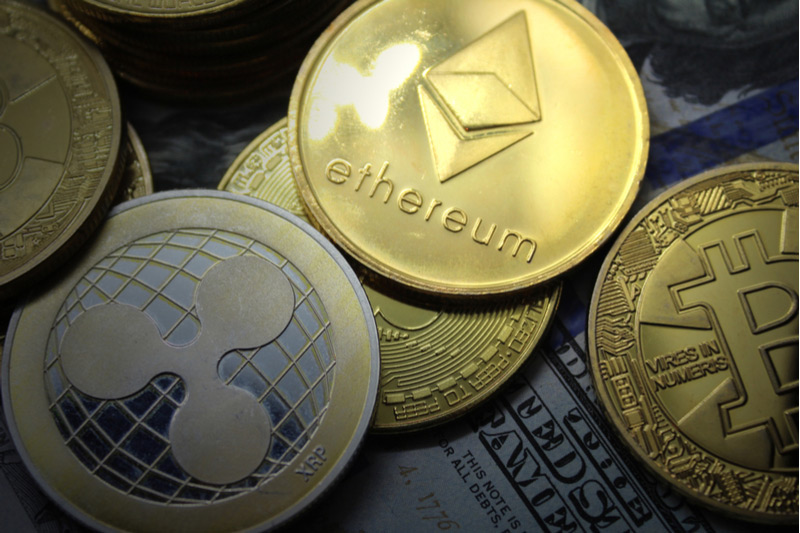It is estimated that by the third quarter of 2021, the global market for NFTs would be worth over $10 billion, thanks to the announcement of the first full-fledged NFT at DEVCON in October 2015. Moreover, as a means of representing a wide range of different things, NFTs are a helpful tool. For example, digital assets produce collectibles that can be traded decentralized on exchanges like cryptocurrency.
NFT 1.0 and NFT 2.0 prepared the path for a revolution, and now NFT 3.0, brought forth by big 'play-to-earn' games, incorporates the promising parts of DeFi into a united, inventive, and comprehensive game. Since its inception in the video gaming and art industries, NFT 1.0 has remained primarily a trade secret. NFT 1.0 stands alone as a product, while NFT 2.0 provides a framework for future initiatives. NFT 2.0, on the other hand, denotes the console if NFT 1.0 represents a video game.
Read Also: L’Oreal Paris debuts NFT collection celebrating women on OpenSea
With the advent of NFT 2.0, investors may now own their digital assets directly without having to worry about a third party. NFT 1.0 laid the groundwork for creating primary products like drawings and cards. NFT 2.0, on the other hand, allowed for the construction of a variety of unique and different consumables. Users may build objects with intrinsic value using the NFT 3.0 paradigm, a novel approach to giving them more control over their assets. Only the gaming business embodies this level of certainty.
Recent years have seen a fast rise in video game players, and Newzoo estimates that the video game industry will earn $175 billion in revenue by 2021. As a result, it is one of the world's most rapidly expanding industries.
NFT 3.0's potential is still mostly unrealized. But, ultimately, success and failure are determined by supply and demand. Because NFT enthusiasm hasn't yet peaked, the desire for a new generation of NFTs that includes the best of our sector will result in a surge in digital asset ownership across generations.
